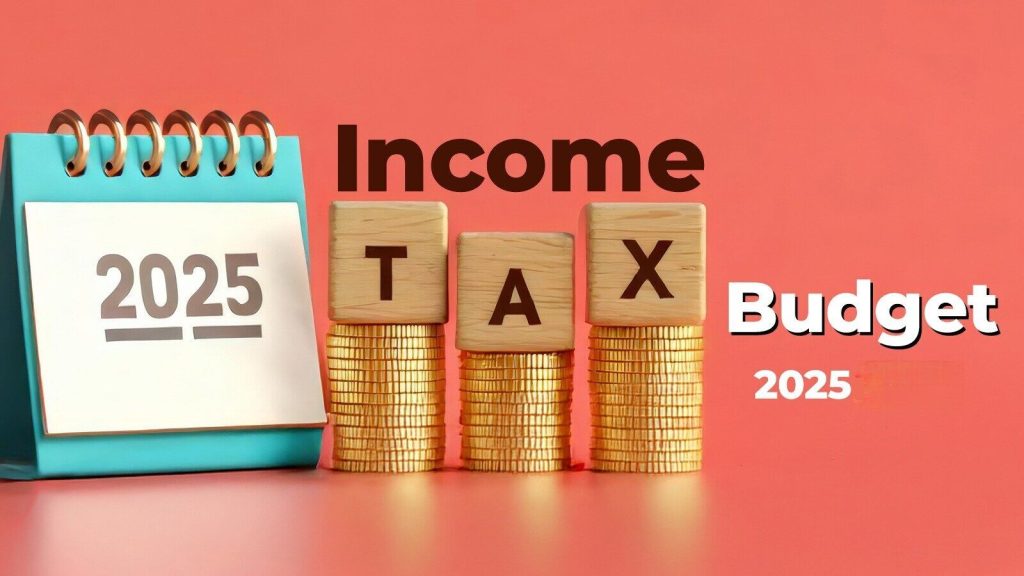If you’re making a six-figure salary, get ready to see a little more shaved off your paycheck in 2025. That’s because the Social Security Administration has raised the amount of income subject to payroll taxes — a change that’s easy to miss, but could cost high-income earners nearly $400 more next year.
This annual tweak affects how much you owe in Social Security payroll taxes, also known as OASDI (Old-Age, Survivors, and Disability Insurance). It’s one of those policy updates that rarely makes headlines, but definitely hits home when you start noticing a difference in your take-home pay — especially if you’re a high earner.
What Exactly Is Changing?
Every year, the SSA adjusts the “taxable wage base”, which is the maximum amount of your income subject to the Social Security tax. In 2024, that limit was $168,600. Starting January 1, 2025, it’s going up to $174,900.
What does that mean in real dollars? If you earn $174,900 or more, you’ll now pay 6.2% in Social Security tax on a larger chunk of your income — up to that new limit. That translates to a maximum annual OASDI tax of $10,843.80, compared to $10,459.20 this year. That’s an increase of $384.60 for workers at the top of the income bracket.
And for those who are self-employed? The bite is even bigger. Since they pay both the employer and employee portions of the tax (a combined 12.4%), they’ll owe a total of $21,687.60 on earnings up to the cap.
Why Does the Cap Go Up Every Year?
The Social Security wage base isn’t fixed. It increases annually based on growth in national average wages. The goal is to ensure the Social Security system brings in enough revenue to support retirees, disabled workers, and survivors of deceased workers.
This automatic adjustment is built into the program to keep up with inflation and income trends. But while it helps stabilize the trust fund, it also means that high earners end up paying more each year — without much fanfare.
What About Medicare Taxes?
Unlike the OASDI portion, Medicare taxes don’t have an income cap. Workers continue to pay 1.45% of their wages for Medicare regardless of income, and those earning over $200,000 (or $250,000 for married couples filing jointly) face an additional 0.9% Medicare surtax. This means the overall payroll tax burden keeps rising as income goes up.
What Should You Do About It?
If you’re earning well into six figures, it’s a good time to revisit your tax planning. Here’s what financial advisors recommend:
-
Double-check your withholdings to avoid surprises in April.
-
Max out your pre-tax retirement accounts like 401(k)s or HSAs to reduce taxable income.
-
Self-employed professionals should prepare for higher quarterly payments.
-
Employers will also be on the hook for matching the higher Social Security tax, so HR and payroll departments should adjust accordingly.
Bottom Line
This isn’t a new tax — but the higher income cap means more money is being taxed for Social Security. It’s one of those behind-the-scenes changes that most people won’t notice until they see a slightly smaller paycheck or a higher tax bill.
So if your earnings are at or above $174,900 in 2025, expect to pay more into Social Security, even though your benefits won’t necessarily increase at the same rate.
Keeping tabs on these updates can help you make smarter financial decisions — and avoid getting blindsided by what might seem like just another line on your pay stub.



